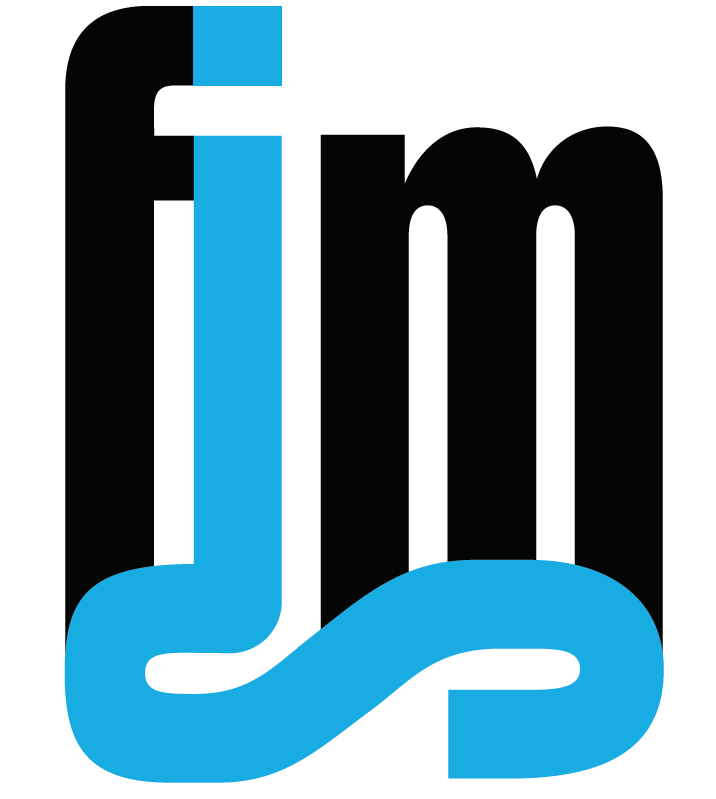By Celina Aalders, Taylor Adair, Emily Koppers and Alex Madill

On October 2nd, 2022, a Hamilton man living with epilepsy was tasered and pinned down by police while having a seizure. Paramedics were called to Canadian Tire by staff when 27-year-old Marcus Charles started having a seizure during his shift.
The Hamilton paramedics felt they were in an unsafe situation, so they called the police for assistance. Charles was left with scrapes on his arms and face after the police forced him onto the ground and tried to handcuff him.
Charles is facing three assault charges after one officer was left with a concussion and two officers claim he assaulted them. In an interview with Hamilton police, they said after watching the video of the incident, they think the officers’ actions were appropriate.
In a CTV Toronto article, journalist Joshua Freeman covers the incident. This article can be criticized through the article “Why this story over a hundred others of the day? Five journalists’ backstories about writing disability in Toronto,” by Chelsea Jones and “What Journalists can do Better to Cover the Disability Beat” by Wendy Lu.
Both Jones and Lu review journalists’ coverage of people with disabilities from the perspective of people with disabilities. Jones covers the topics of framing, gatekeeping and agenda-setting, language and representation which are apparent in the Marcus Charles case study.
Framing is how an individual delivers their message to be understood in a particular way by an audience.1 Jones states that, “cultural representations of disability (are) as a result of the public’s inexperience with disability and a cultural fear of disability.”2
The CTV article uses negative framing of disability both in structure and content. This includes the quote, “staff found themselves in a ‘dangerous, violent and volatile’ situation”3 which creates fearful frames of epilepsy. Another says, “we appreciate that the individual’s medical condition may have affected the events as they unfolded,”4 creating a stereotype that individuals with epilepsy are violent.
If we look at how this article is set up, the framing of Marcus being a danger to the police makes up the entire beginning of the article. The average time spent reading an article is fifteen seconds, making this information most prominent to the reader.5 If a frame is negated it is strengthened.6 In this sense, the negative frames of Charles reinforced harmful stereotypes of individuals with epilepsy.
Agenda setting refers to the concept that media has an agenda with the topics it covers, and gatekeeping is the exclusion of information from news stories.
Jones analyzes the relationship between gatekeeping and agenda-setting in journalism stories about individuals with disabilities. Jones states, “participants widely agreed that disability-based stories are important to agenda setting relative to other newsworthy events taking place in the larger world.”7
In the case of Charles, a newsworthy topic that was excluded from his story is institutional discrimination and police brutality against black people. Intersectional discrimination is a term coined by American Civil Rights Activist, Kimberle Crenshaw. Intersectional discrimination is “the study of overlapping or intersecting social identities and related systems of oppression, domination, and discrimination.”8
In the intersection of race and disability, the individual may experience double the discrimination. Failure to recognize this element in the story is a disservice to both Charles and others living in his reality.
Language is a crucial part of how journalists convey a story. When covering disability, journalists should avoid using ‘disabling language’ because it can reinforce negative stereotypes and myths.9 When covering Charles’ incident, Sebastian Bron from the Hamilton Spectator referred to Charles as an “epileptic”, an offensive term to people living with epilepsy.10
According to the Canadian Press Stylebook, person-first language should be used, therefore Bron should have said ‘a person living with epilepsy’.11 By referring to Charles as “epileptic”, Bron is attributing Charles’ identity to his disability. Lu recommends that journalists stop using words that assume a negative relationship between a person and their disability.
Journalist Bobby Hristova for CBC News says Charles “suffered a seizure”.12 By using the word ‘suffered’, Hristova is presenting a negative connotation towards Charles’ disability.
Lu recognizes journalists often report based on what is around the people living with disabilities rather than them directly. This is because it is assumed people living with disabilities can not communicate for themselves.13
This is evident in Charles’ case seeing as news organizations such as CTV Toronto and CBC News did not include any direct quotes from Charles in their variations of this story. Rather, they included information about Charles from his partner, the police and a representative of Epilepsy South-Central Ontario.
When covering disability journalists should remember to be aware of the impacts framing, gatekeeping and agenda setting, language and representation can have on how disability is perceived. Journalists have the responsibility to tell people living with disabilities stories in a meaningful and accurate way. Integrity and knowledge are valuable components to the practice of journalism.
Discussion Questions
- How would you reframe this case study to better represent Marcus Charles and people living with epilepsy?
- What can journalists implement into their practice to better report on people with disabilities?
- What influences journalists’ agenda-setting tactics with people who have disabilities?
- How can journalists hold themselves and their colleagues accountable to prevent harmful gatekeeping on the topic of individuals with disabilities?
Endnotes
[1] Dennis Chong, and James N. Druckman, “Framing Theory,” Annual Review of Political Science 10, no. 1 (2007): 104, https://doi.org/10.1146/annurev.polisci.10.072805.103054.
[2] Chelsea Temple Jones, “Why This Story Over a Hundred Others of the Day?’ Five Journalists’ Backstories About Writing Disability in Toronto,” Disability & Society 29, no. 8 (June 2014): 1206-1220, doi: 10.1080/09687599.2014.916608.
[3] Joshua Freeman, “Petition Calls for Mandatory Epilepsy Training for Police After Man Having Seizure Tasered by Officers in Hamilton,” CTV News, October 13, 2022,
[4] Freeman, “Petition Calls for.”
[5] Anne Lawson, “Digital Articles: How People Read Online,” Orientation Marketing, October 25, 2022, https://www.orientation.agency/insights/how-people-read-online.
[6] George Lakoff, “Story,” in Don’t Think of an Elephant!: Know Your Values and Frame the Debate, (White River Junction: Chelsea Green Publishing, 2014), 24.
[7] Jones, “Why this Story?”
[8] Kimberlé Crenshaw, “Intersectionality,” University of Alberta, accessed November 17, 2022. https://guides.library.ualberta.ca/intersectionality.
[9] Wendy Lu, “What Journalists Can do Better to Cover the Disability Beat,” Columbia Journalism Review, September 5, 2017.
[10] Sebastian Bron, “Hamilton man feared for his life when police tasered him after seizure,” The Hamilton Spectator, October 5, 2022, https://www.thespec.com/news/hamilton-region/2022/10/05/hamilton-police-taser-canadian-tire.html.
[11] Jones, 1208.
[12] Bobby Hristova, “Hamilton man tasered after reported seizure faces charges as police say he assualted officer,” CBC News, October 6, 2022, https://www.cbc.ca/news/canada/hamilton/man-taser-police-siezure-epilepsy-assault-charges-1.6607298.
[13] Lu, 2017.
